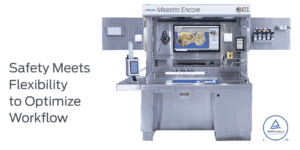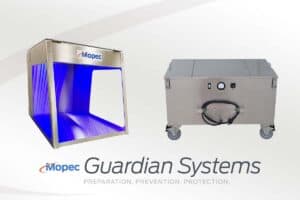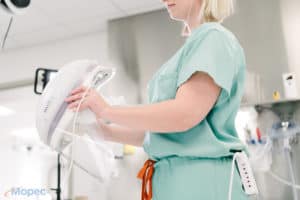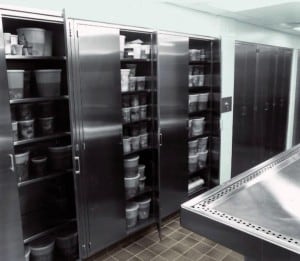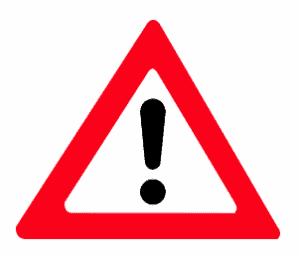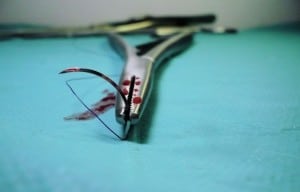Mopec Group Unveils Next-Generation Maestro Grossing Station: The Mopec Maestro Encore
Madison Heights, MI – June 27, 2024 – Mopec Group, a leading pathology technology company and manufacturer of anatomic pathology equipment & supplies, is proud to announce the launch of the Mopec Maestro Encore, the latest advancement in grossing station technology. This release marks a significant milestone in Mopec Group’s strategic effort to emphasize innovation and integration of cutting-edge digital solutions as the standard for improving pathology workflow. The Mopec Maestro Encore now features Mopec’s state-of-the-art digital pathology solution, PathCam, …
